1993 Corvette 40th Anniversary ZR-1 Model Guide
The Corvette C4 was at the beginning of its lifetime, and let’s be brutally honest with ourselves here, not the best generation of our beloved American sports car. It featured a very 1980s influenced interior. It was angular and sleek, but without the grunt or speed that its shape suggested. It had a V8 engine that was the result of the late 1970s oil crisis and focused far more on efficiency than it did on power.
Yet, as the 1980s came to a close, the oil crisis had subsided, the economy was on the upswing, and some newer V8s were now available as options in the C4 that actually had some grunt to them. However, Chevrolet and GM had a bit of a public relations fight on their hands.
The late 1980s was when European supercars, high-performance sports cars, and homologation model race-cars-for-the-road (such as the Mercedes-Benz 190E Evo, which exceeded many early C4s in power) were starting to make an impact in the American market. This was the arena in which the C4 Corvette had to contend.
Someone at GM then had the brilliant idea to follow that last trend and create homologation models that were based on race cars. After what must have been a few late nights and multiple cups of coffee, they found what they were looking for deep in the history of the Corvette.
The History of the Z-R-1 Badge
No, that is not a typo in the title of this section, and let us explain why.
In the early years of the Corvette, when Zora was designing and engineering what would become the C2 generation, there was a directive in the pipeline that Chevrolet wanted to promote the Corvette as a viable race car platform. This led to some pretty amazing models of the C2, such as the legendary L88, which became one of the most desirable classic Corvettes of all time.
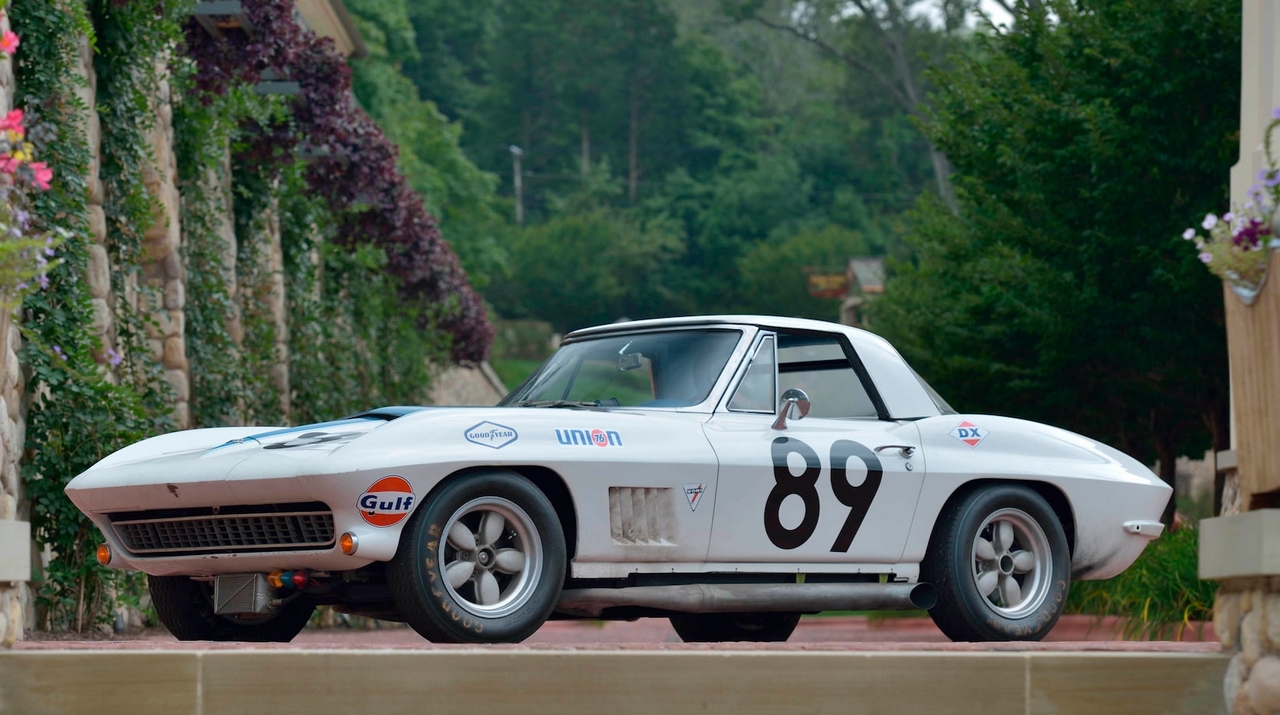
However, buried deep in the dealership options booklet, there was a special code series for those that intended to turn their regular C2 into a race car, with a reinforced engine bay and a fixed hardtop coupe body style.
In this code, Z, was used to denote “motorsports special options,” while R meant that the car would have a reinforced racing body style. 1 meant that it came with the biggest small-block V8 option at the time, which at the start of the C2 generation was the L75 327 ci V8 with approximately 380 HP.
Put together, you had the code Z-R-1—and absolutely no one bought one. This is due to two major factors.
The first was that a lot of dealerships that didn’t have very deep ties with the GM head office didn’t know about the Z-R-1 code. The second, and more important, was that the design focus was shifted heavily towards the L88 as the racing option for customer teams.
As such, within a few months of the C2 generation beginning, the Z series of options was shelved, except for the code Z-L88, which came to be later in the C2 generation.
The First Use of the ZR1 Badge: the Corvette C3
When the Corvette C3 generation began in 1967, everything that had been learned in the C2 generation was applied to the new car. Better V8s, better suspension, and a radical new shape influenced by the understanding of aerodynamics at the time caught on immediately, and people bought them en masse.
Back at Chevrolet, this was definitely noticed, and a special edition, high-power Corvette model was authorized. It was going to be built up like a race car, but totally road legal, giving the customer “the power of a pure race car, on American roads.”
This model would need a special badge to differentiate it from the regular C3s, and someone floated the idea of using the Z-R-1 code as the name of the model. The hyphens were removed, and the ZR1 project began in earnest.
In 1969, this special edition option was released for sale in the third quarter as a 1970 model year car. With an at-the-time astronomical $1,221 ($8,800 in 2021 USD) option, the regular StingRay was transformed.
It came with the rarely purchased LT-1 350 ci high performance V8, producing 370 HP, with a huge 4 inch bore and 3.5 inch stroke to send that power thundering down the crankshaft to the flywheel.
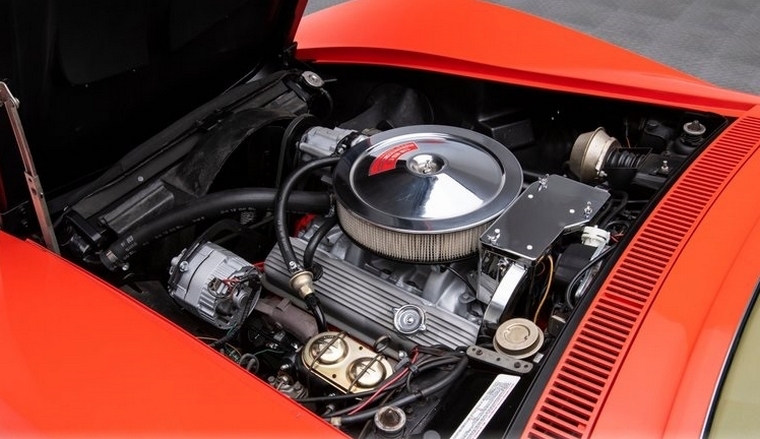
Suspension was beefed up to motorsports grade, and a race-ready, heavy-duty reinforced 4-speed transmission was made specifically for the car. Hydraulic power-assisted disc brakes were installed at all four corners, the car gained a high-flow aluminum radiator, and the car came with specially designed stabilizer bars for cornering.
As these were all motorsports grade bits, a lot had to be removed from the car. As such, the new-to-market ZR1 did not have power windows, power steering, air conditioning, or even a radio.
It was a streamlined and pure race car for American roads, just as Chevrolet promised. But in 1970, a grand total of 25 ZR1s were sold, and over its model option lifetime, only 52 ZR1s in total were sold.
There was a slightly more powerful option that used the LS-6 big-block V8 with 425 HP, known as the ZR2, but it was only available for 1971 and only 12 were sold in total.
The Return of the ZR-1 Option: The Corvette C4
As we discussed in the introduction, the 1980s were a rough time for Chevrolet with the Corvette. The oil crisis hit the company hard, and when the Corvette C4 first appeared in showrooms in 1984, it came with an anaemic 205 HP L83 350 ci V8. It was also behind Japanese import rivals in terms of handling geometry, suspension, reliability, and the list goes on.
Other American manufacturers were importing Japanese models and rebadging them, which allowed for much less expensive and much more reliable “American” cars like the 1980s Dodge Conquest (Mitsubishi Starion) and Ford Probe (Mazda MX-6). By any metric, the first couple of years of the Corvette C4 were looking disastrous.
This necessitated a drastic change in the way that Chevrolet was marketing, selling, and designing the Corvette. This started to show traction in 1986 when the Corvette C4 Convertible went on sale, with all cars getting a new option in the L98 aluminum-head engine that showed a 20 HP jump to 225 HP. Over the next four years, quality improved, the sales decline halted (and even started to recover), and a hail mary, nothing-to-lose special model was introduced.
The 1990 Corvette C4 ZR-1 saw the return of the badge that had disappeared after 1972, and as before, it was used to denote the most powerful, most race ready street-going version available to customers. It was marketed as the biggest, baddest-assed Corvette for more than a generation, literally the “Corvette From Hell.”
It had a fire-breathing LT-5 V8 with 375 HP in 1990, raised to 405 in 1993. It had bespoke suspension, a motorsports grade 6-speed manual transmission, upgraded brakes, and was available only as a coupe.
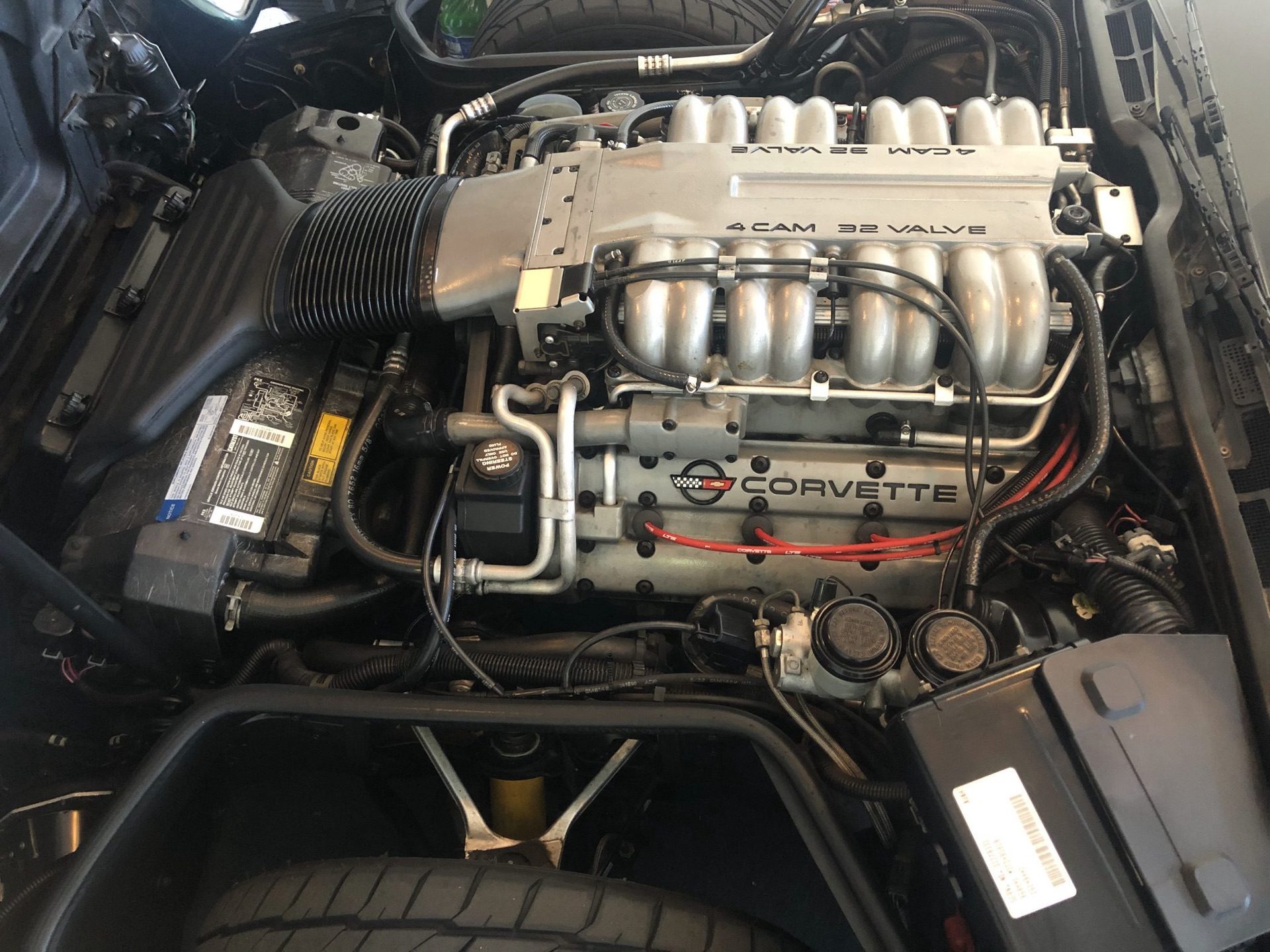
To put it bluntly, the hail mary pass was caught, and the ZR-1 became an instant icon. It was the most powerful Corvette of the C4 generation, and despite coming in as a performance option at $31,000 ($65,600 USD today) over the base price of $34,500 ($68,775 USD today) for a 1990 C4, it sold well.
Featured Car: 1993 Corvette C4 ZR-1 40th Anniversary Edition
So why go over all this history? Put simply, a very special Corvette C4 was available for 1993 only, which was the 40th Anniversary Edition variant of the ZR-1.
Using RPO order codes ZR1 and then Z25, what you received was a ruby red on ruby red monster. 448 ZR-1’s were made in 1993, and of those, only 250 were optioned up to be 40th Anniversary Editions.
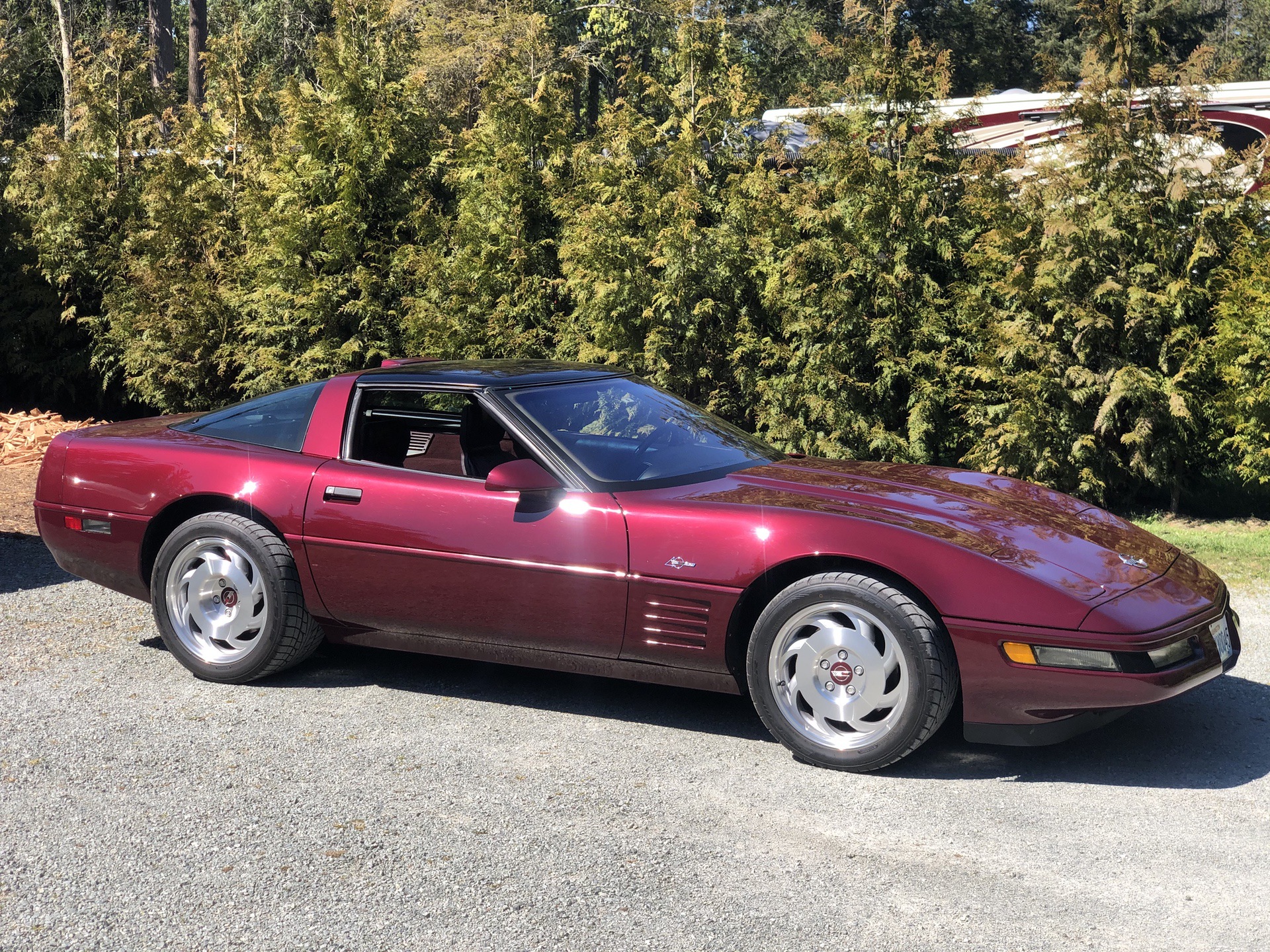
What this means is that this car is, quite literally, an extremely rare and very important part of Corvette history. 1993 was the year of the 405 HP LT-5. It was the year that Lotus Engineering (a division of Lotus Cars UK) was brought back in to rework the handling and steering that they famously advised Chevy on for the 1990 ZR-1. It was the year that marked the 40th year of the Corvette’s continuous existence.
So what did you get with this car? It came only in ruby red metallic exterior paint, with a ruby red leather interior. You got literally every option in the options book, which included power everything, the first implementation of remote keyless entry in a Corvette, and special seats only for the 40th Anniversary. These seats were premium leather buckets with “40th Anniversary Edition” embossed into the headrest.
As these cars are extremely rare, it was by pure chance that one of our CorvSport staff, on their lunch break, was browsing through the r/Corvette Reddit section and came across a post about a 1993 Corvette C4 ZR1 40th Anniversary Edition in spectacular condition. After a very quickly written, excited email that circulated to us on the writing staff, we decided it was a good idea to see if we could contact the owner of the car.
Not expecting much, imagine our surprise when the owner replied almost immediately—almost as excited as being contacted by one of the biggest Corvette sites on the internet as we were in seeing his beautifully maintained car. It was through that email that we came to know Mr. David Berg of California.
Dave, as he prefers to be called, grew up in the 1980s and 1990s with a deeply rooted love of all things cars. His young mind was intrigued by the artistry of car design, the science of how engines worked, and, like pretty much any kid of that generation (the author of this article raises his hand very high), video games were a new and exciting thing.
When he got Need For Speed for his PlayStation (PS1 generation), he found out that the Corvette C4 ZR-1 was one of the officially licensed feature cars of the game. He was able to race his new favorite sports car against Ferraris, Lamborghinis, and Porsches. To him, this showed that the ZR-1 had the potential of being a world-class supercar.
Of course, the curse of growing up is that one realizes pretty soon that the car shown in the video game requires a real-world nasty thing called money to buy. So, while the C4 ZR-1 stayed firmly planted in his mind, Dave left his teenage years and entered that lovely thing known as “real life” after graduating high school.
If we press the fast forward button to 2020, Dave The Established Adult is browsing through online auctions as a fun exercise in “I wish I could own that car.” Lo and behold, he starts to notice Corvette C4 ZR-1s showing up in his search results—and more surprisingly, with final bids in a price range that was extremely realistic for him if he pinched his pennies right. So, tightening up his pursestrings, he begins pinching.
Joining the ZR-1 Net Registry in early 2021, Dave began to send out feelers for 1993 to 1996 ZR-1’s. He knew he wanted the 1993 or later models because of the upgrades that were applied in that year, like the 405 HP LT-5, the reworked handling, the wheels, and the new bucket seats.
While he was looking mostly for auction listings, it seems that a little bit of fate intervened—and through the ZR-1 Net Registry, he found not just a ZR-1, but one of the 250 ZR-1 40th Anniversary Editions in mint condition for sale.
After the usual inspection, negotiation, handshake, and transfer of title, Dave was the proud owner of an ultra-rare, desirable Corvette that had been shown care and love over its 40,000 mile life. It was during the drive back to his home after buying the car that he knew he had just realized his childhood dream—not just of driving the ZR-1 from Need For Speed, but driving the special edition of that already special car!
The way the engine burbled, roared, and gave off that mechanical sound that we all love. The way the 6-speed transmission gated home in each gear with a positive, firm action. The way the exhaust reverberated off the environment around him, feeding pure American power to his ears and into his brain. Dave has mentioned to us that he is adding a few more wrinkles to his face every time he drives his car, because the smile is threatening to tear his skin. It’s that wide.
Dave’s 40th Anniversary Edition Corvette is also not a garage queen. If there’s one thing about American sports cars over many of the European supercars of the early 1990s, it’s that they were bolted together, metal on metal, steel, aluminum, and the like. Europe was just entering into the carbon fiber craze at the same time the immense power craze was starting.
You literally had to drive many of these cars as if they were Hannibal Lecter, who would bite your head off if you took off his mask and straightjacket.
So Dave does what many Corvette owners like to do, especially in California. He goes for a drive. Often. If it’s a particularly beautiful day, he takes out the top and leaves it in the garage, letting that warm sea breeze fill the cabin to make his smile broaden even more.
Dave has logged over 40,000 miles and counting on his Corvette. if you live in California, on a particularly clear, sunny day, you might hear the throaty roar echoing along the seaside, or deep in the canyons, as a ruby red missile carves a path up a stretch of pavement, with a driver that wears a gigantic smile below his sunglasses—and who, if you give him a wave, will almost certainly wave back.


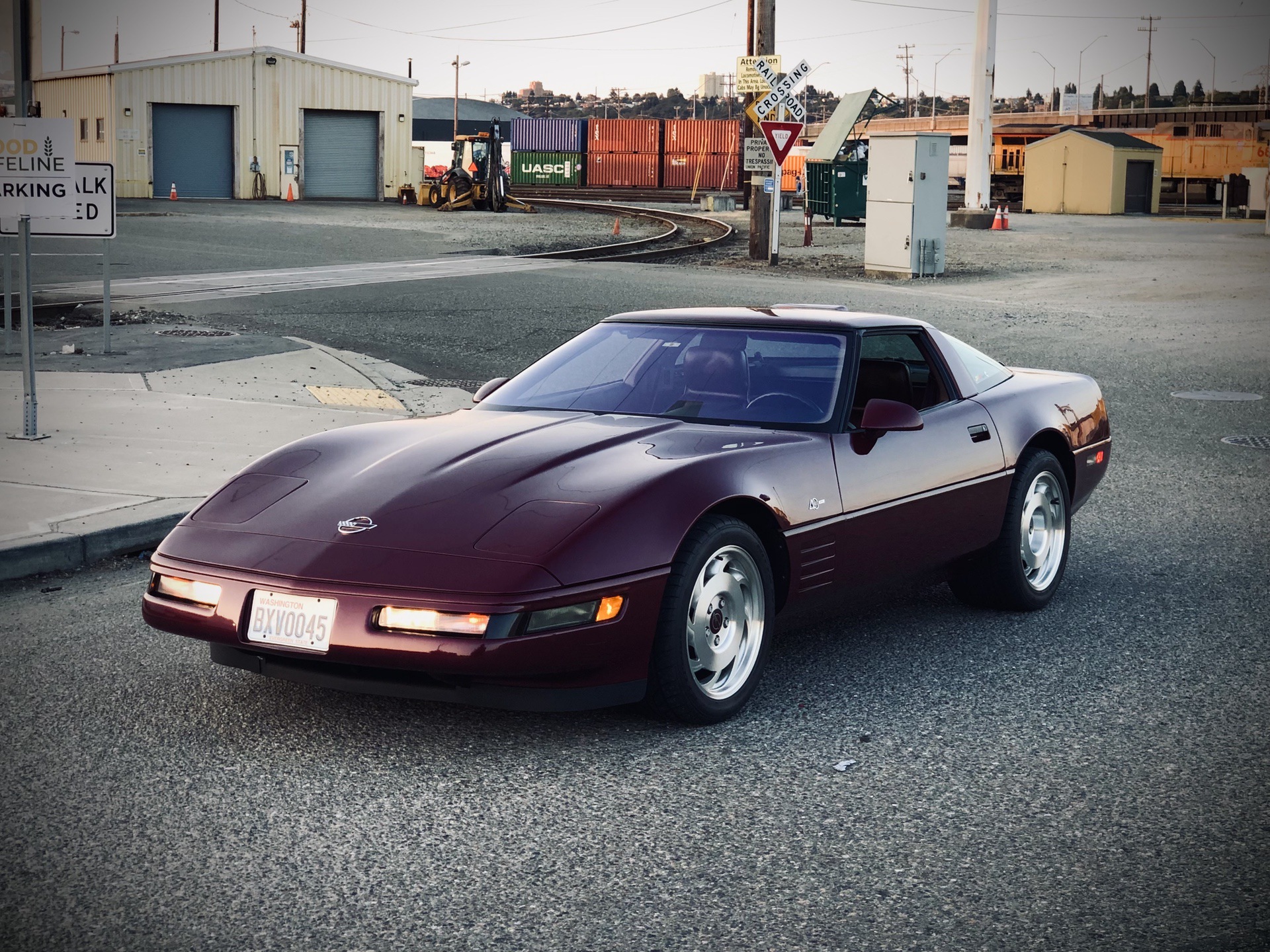
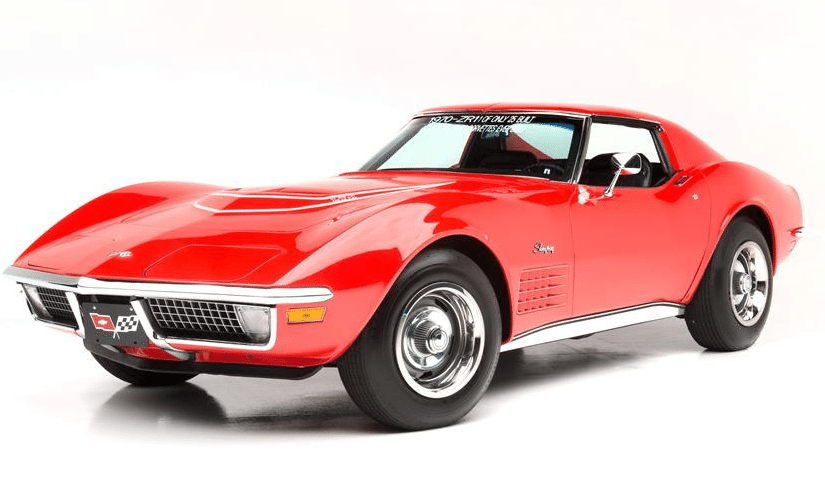
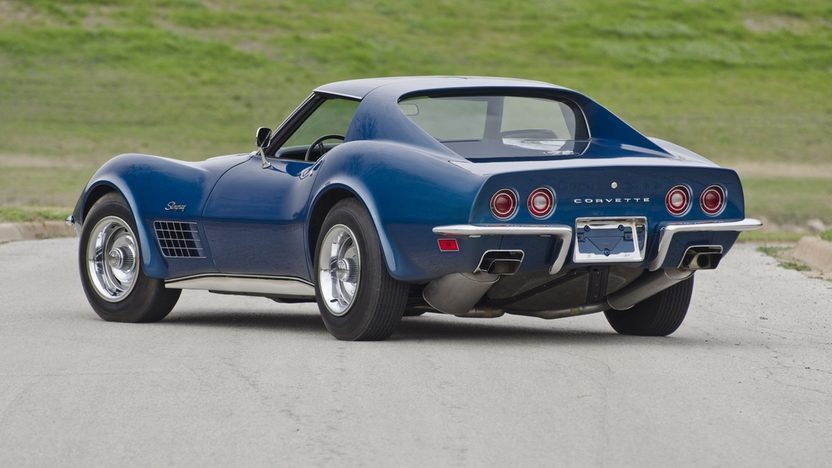
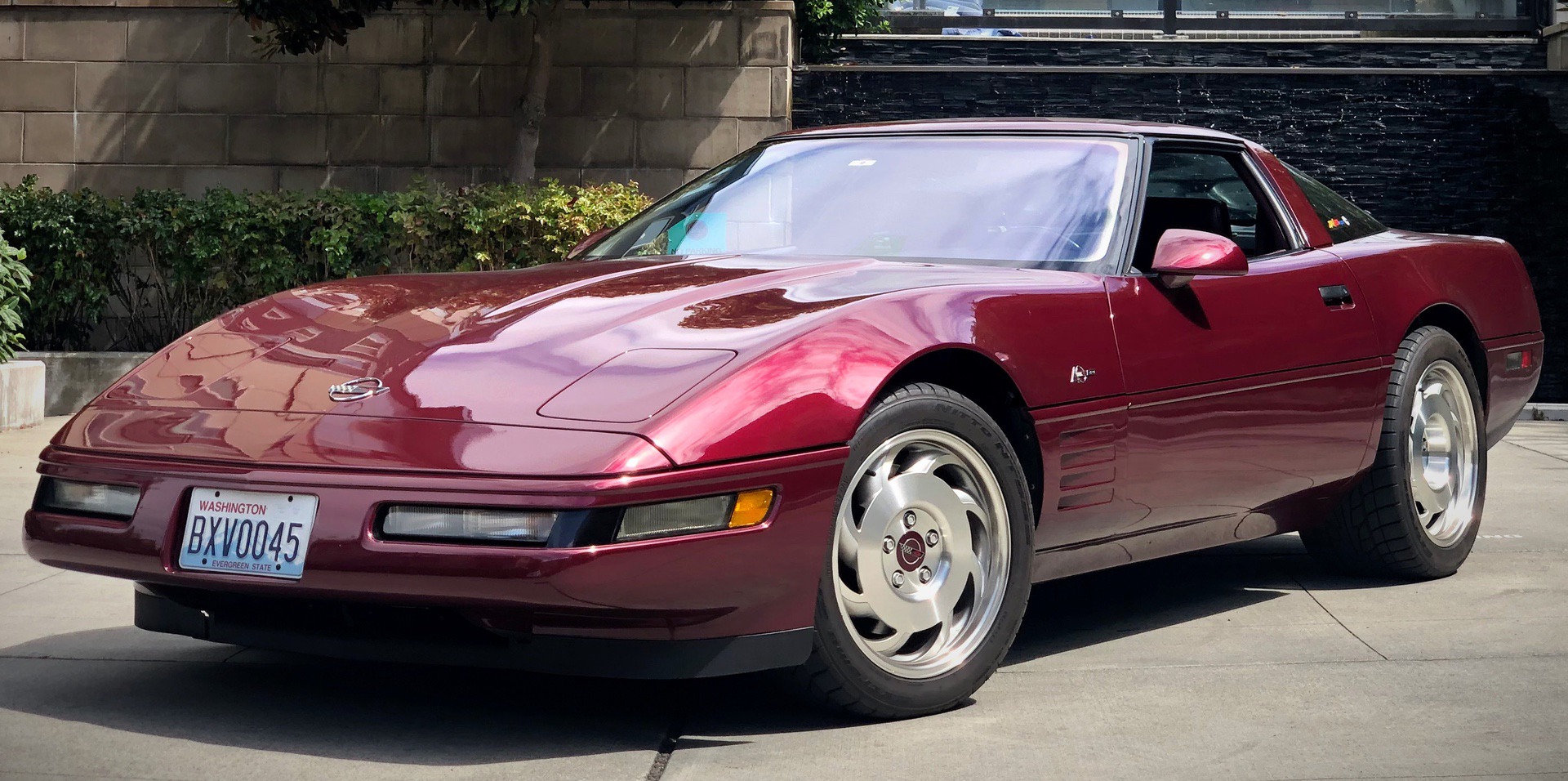
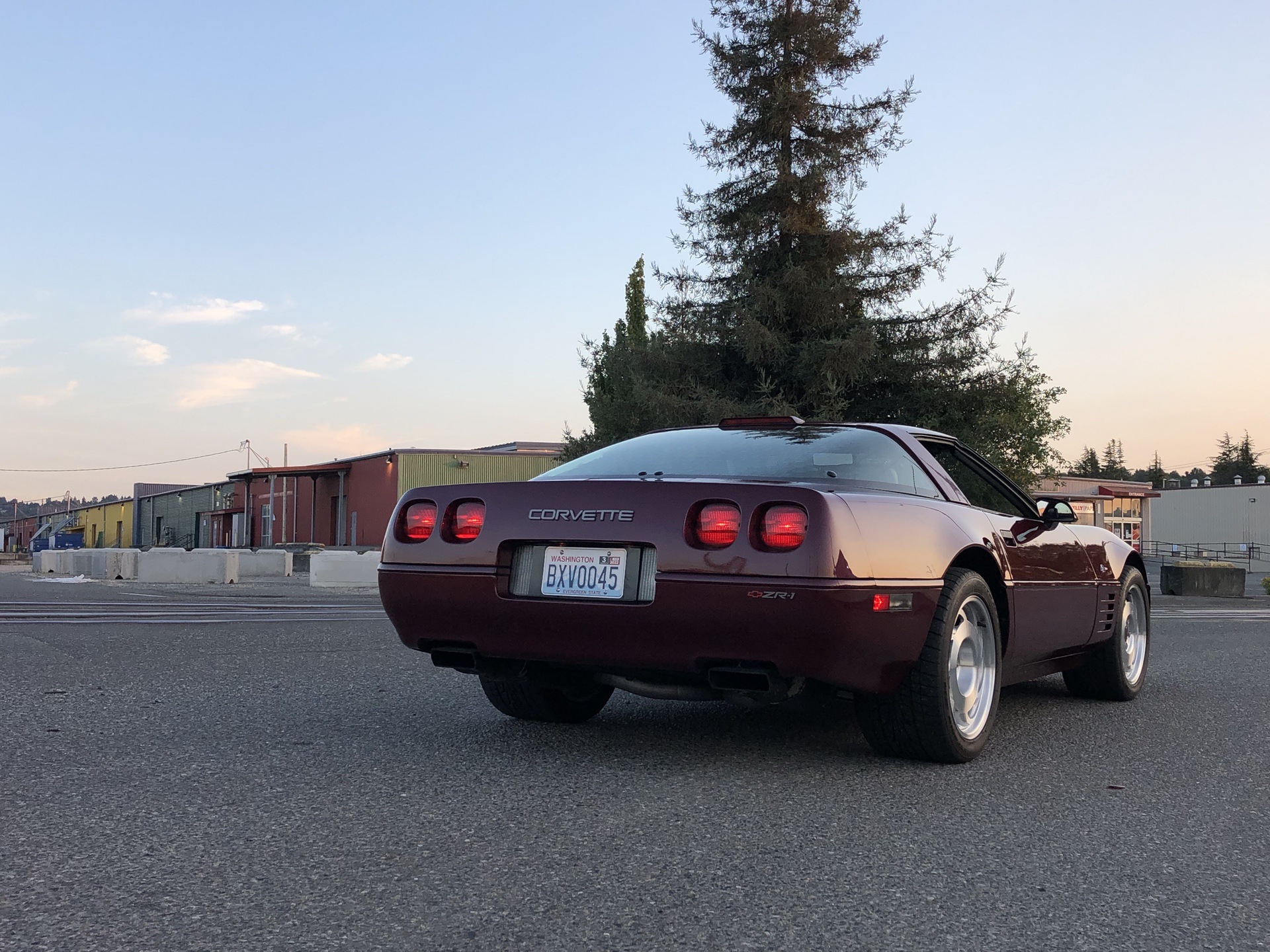
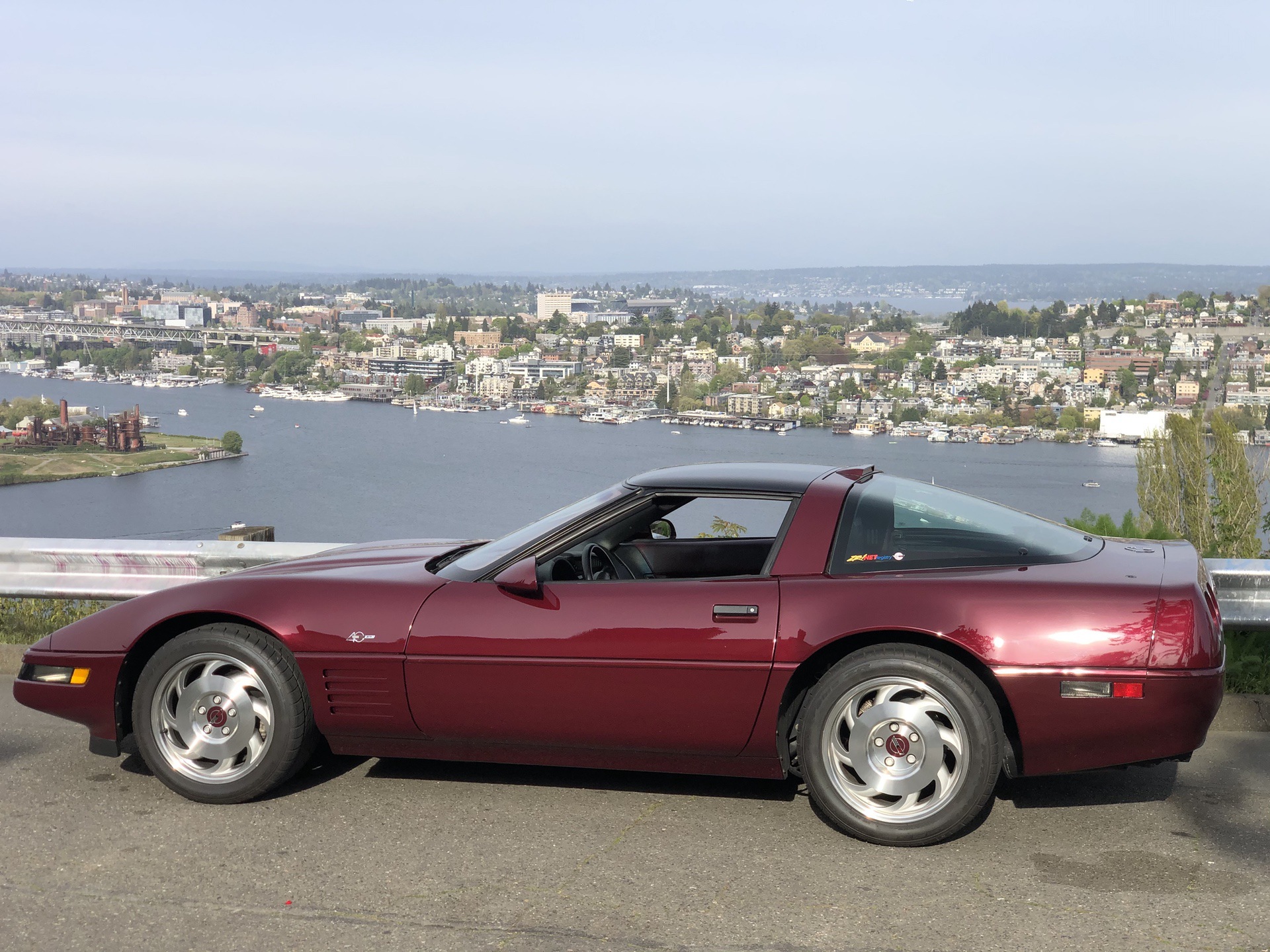

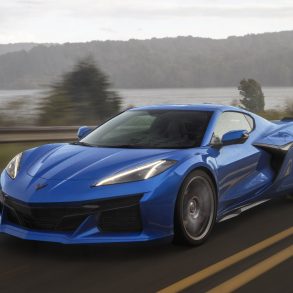
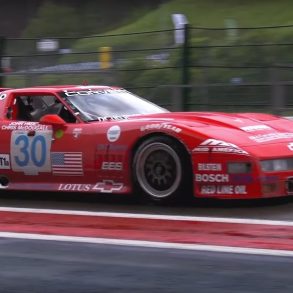

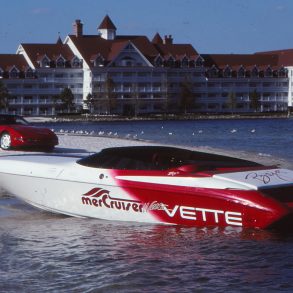
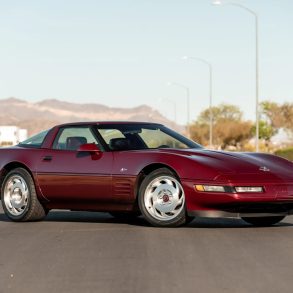
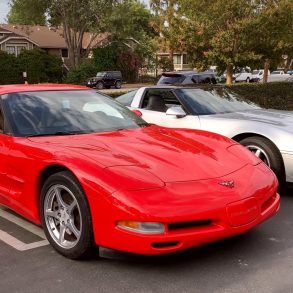
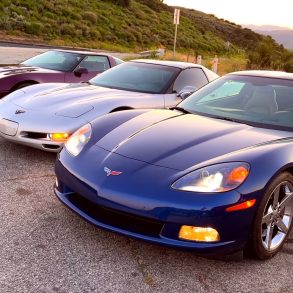

Beautiful car! Definitely the C4 to have. Best spec in a gorgeous color combination. The Mercury Marine LT5 is such an awesome engine.
I LOVE MY 1993. THE PAINT IS A REAL HEAD TURNER FOR SURE. UNREAL POWER AND SPEED